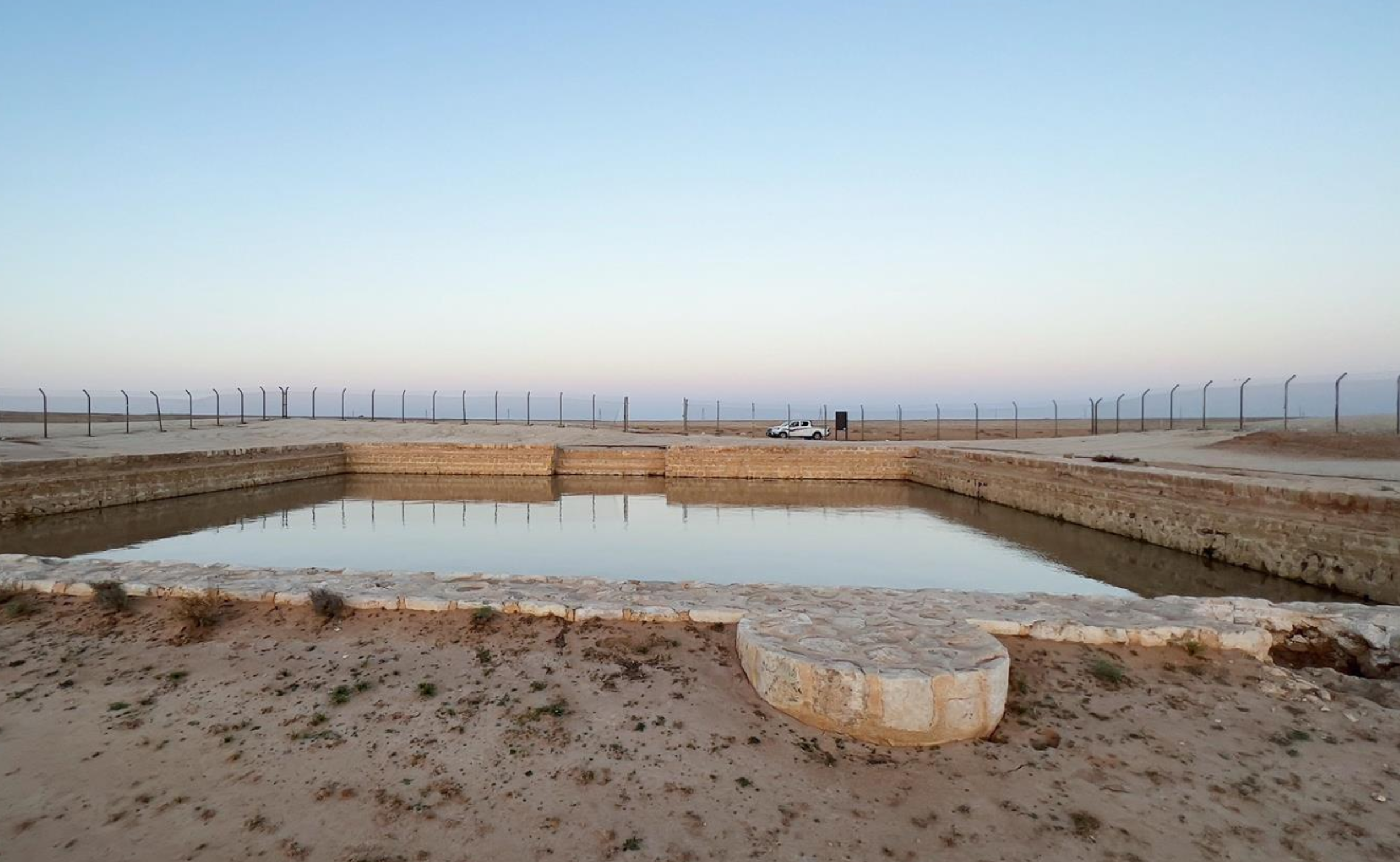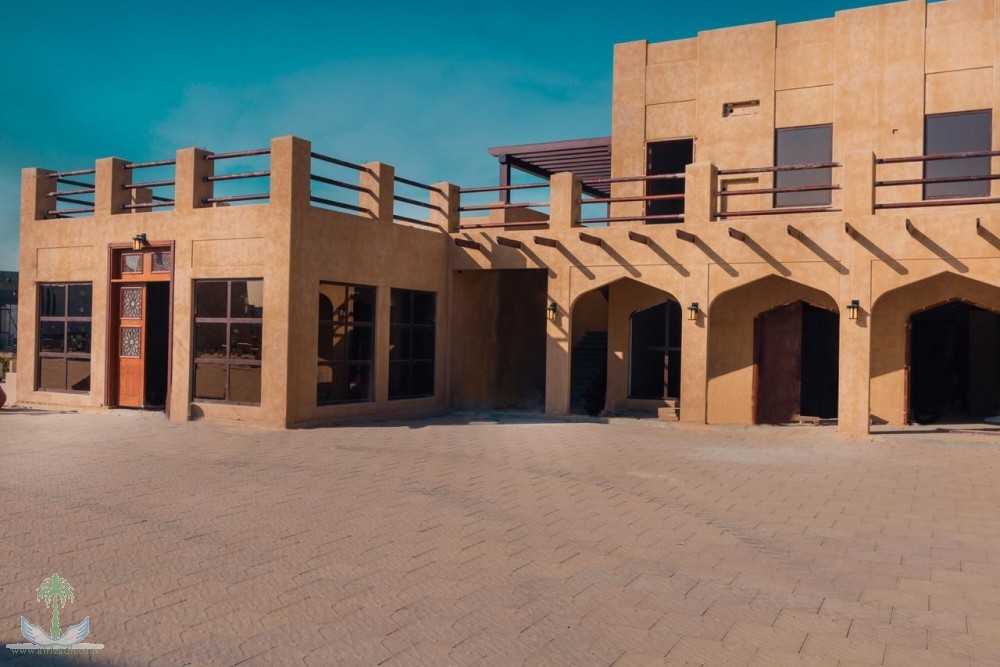
Darb Zubaydah: Pilgrims' Path and Testament to Islamic Civilization in the Desert
Darb Zubaydah, one of the most prominent historical roads in the Arabian Peninsula, evolved from an ancient trade route into a major Islamic-era Hajj route stretching from Kufa in Iraq through northern Saudi Arabia to Makkah, passing near Rafha in Northern Borders Region.
Extending approximately 1,400 kilometers, the road has facilitated Hajj pilgrimages and travel across barren deserts, exemplifying the engineering brilliance that distinguished Islamic civilization in organizing infrastructure to serve humanity.
Darb Zubaydah reached its peak during the era of the first Abbasid Caliphate, becoming one of the most important Hajj and trade routes of the time. Along its length, successive stations were established to support travelers. Ingeniously designed ponds were built in carefully selected locations and spaced at planned intervals to collect water for pilgrims. In addition, deep wells were dug to provide a reliable water supply. These stations also served as rest and safety points, offering essential resources that helped alleviate the hardships of traveling through the harsh desert environment.
The road was lined with flags—stone markers shaped like cones—placed at specific distances to indicate the route. These flags, constructed from stones of varying sizes, were usually erected near water sources and crossroads to guide pilgrims and travelers. The road also featured mile markers engraved on stones to show distances, with each marker spaced approximately 12 miles (24 km) apart. Flags were typically positioned in the middle of the route and raised to make them easily visible from a distance. These markers demonstrated the precision of the route’s organization and the carefully planned distances designed to assist pilgrims and travelers.
Darb Zubaydah possesses significant historical and engineering features that require preservation and documentation. It not only represents an ancient means of transportation, but also demonstrates a high level of awareness in serving pilgrims and organizing desert routes. Some of the ponds still retain pure water to this day, reflecting the quality and durability of their construction.








